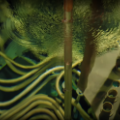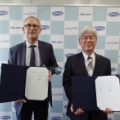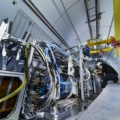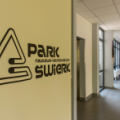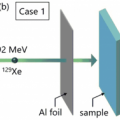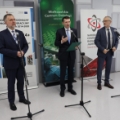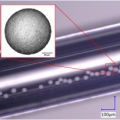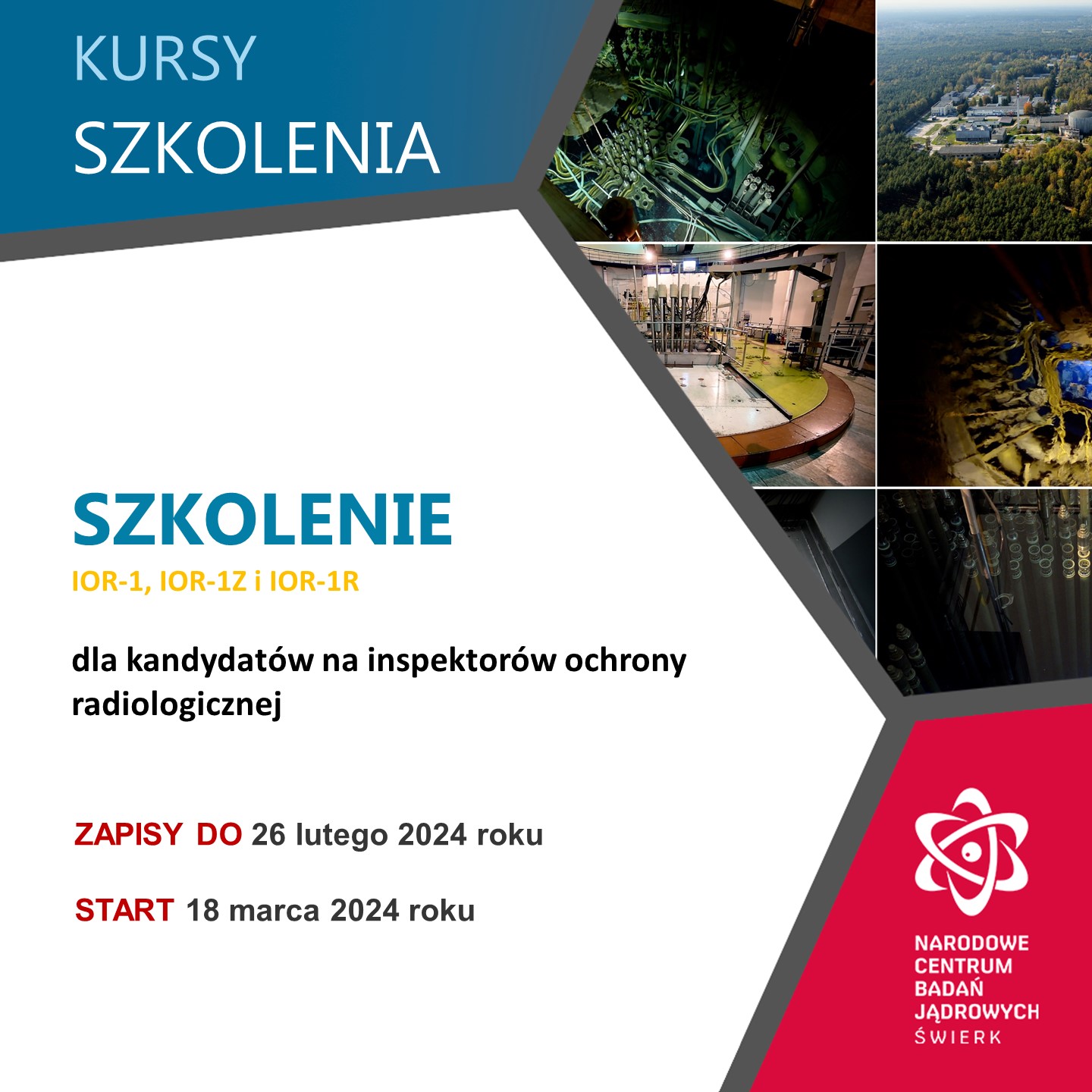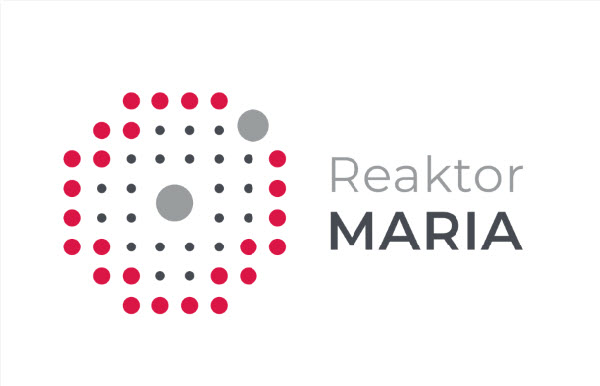3D printing can help produce valuable radiopharmaceuticals
2022.11.29 - Marek Pawłowski
Radioisotopes essential for modern diagnostics, such as molybdenum-99, are produced in only a few nuclear research reactors in the world. Flat, thin uranium targets play a key role in the molybdenum production process. The European patent, which has just been granted to scientists from the National Center for Nuclear Research in Świerk, can optimize this production thanks to targets made using spatial printing.
----
Arrangements in Tokyo - the next stage of Japanese-Polish cooperation in the field of high-temperature reactor technology
2022.11.22 - Marek Pawłowski
On November 22, in Tokyo, the President of the Japanese Atomic Energy Agency (JAEA), Mr. Koguchi Masanori and the Director of the National Centre for Nuclear Research (NCBJ, Poland), prof. Krzysztof Kurek signed an Implementing Arrangement regarding the institution's cooperation in research and development in the field of high-temperature gas-cooled reactors technology.
----
Progress and future of the neutrino research program at the LHC
2022.11.21 - Piotr Spinalski
The program of the current LHC cycle will include measurements of high-energy neutrinos, research into the nature of the interactions that bind atomic nuclei together, and the search for traces of so-called new physics. On November 15–16, the 5th international meeting tentatively summarized the operation of the new FASER and SND@LHC detectors and discussed plans for new facilities.
----
Science and Technology Park Świerk has been accredited by the Mazovian Business Environment Institution (IOB)
2022.11.18 - Agnieszka Ślązak
IOBs support entrepreneurs, in particular micro, small and medium-sized enterprises, in contacts between science and business. They deal with consulting and researching the company’s needs. They offer assistance in applying for programs (related to, among others, technology transfer) on a national and international scale. PNT has been accredited for two years.
----
How does electronics deal with ionizing radiation?
2022.11.17 - Piotr Spinalski
Necessary in most branches of physics, detection systems are largely based on electronic systems. Many of such systems operate in conditions of exposure to ionizing radiation, which is why research is constantly being carried out, e. g. on semiconductors, scintillators or photomultipliers in order to better understand their behavior in such an environment.
----
FLASH type accelerator: a new method of fighting cancer
2022.11.16 - Marek Pawłowski
Two projects implemented jointly with the National Center for Nuclear Research and financed from the funds for science of the Wielkopolska Region were presented at the Wielkopolska Oncology Centre. A completely new solution is the FLASH electron accelerator, which sends microsecond therapeutic impulses with a dose rate of several dozen grays per second. Preclinical trials with the device will begin next year.
----
"Tailor-made” microspheres as a chance to save the liver more effectively
2022.11.14 - Marek Pawłowski
In a few years, yttrium oxide gel microspheres manufactured by the National Center for Nuclear Research may be among the agents used to fight liver cancer. The results of the latest research on the impact of new microspheres on biological material appear to be promising. If further tests confirm them, in the future microspheres can be produced quickly and cheaply, precisely matching their characteristics to the needs of a particular patient.
----





